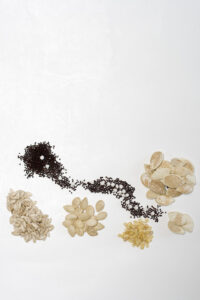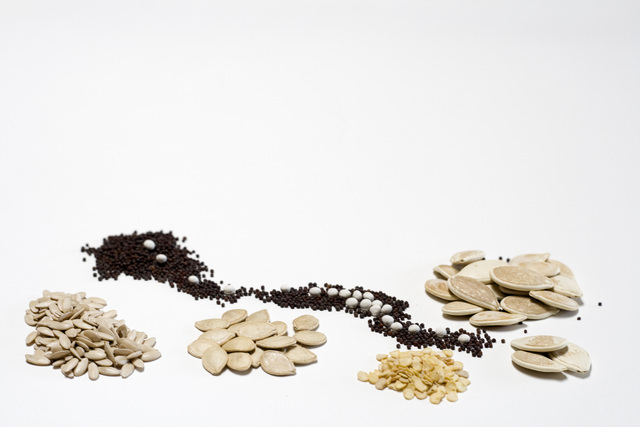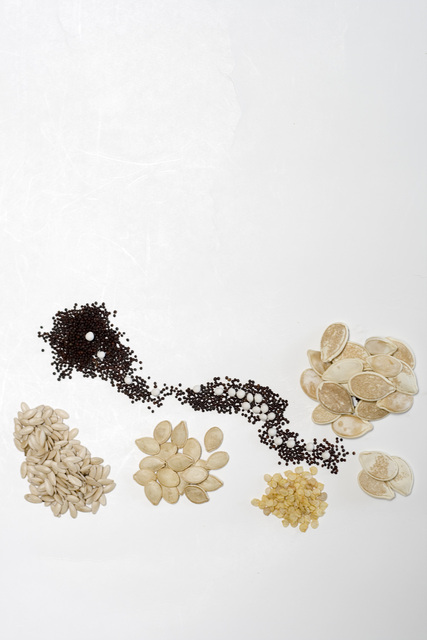Save Your Own
 Eric Williams ericwphoto.com
Eric Williams ericwphoto.com
Sowing Change
 Eric Williams ericwphoto.com
Eric Williams ericwphoto.com
Latest Article|September 3, 2020|Free
::Making Grown Men Cry Since 1992

 Eric Williams ericwphoto.com
Eric Williams ericwphoto.com
 Eric Williams ericwphoto.com
Eric Williams ericwphoto.com


Eric Williams ericwphoto.com

Eric Williams ericwphoto.com
